After two years that were defined by COVID and its aftermath, it was nice to have a year where we could setting into a more sustainable routine. Don’t get me wrong, COVID still played a major part of 2022. It’s one of the top five killers, but we’re learning how to fine tune our behaviors so we can live life while protecting it at the same time.
The first part of the year started off with a bang as we un-paused our Hawaii trip which had been planned for the week everything shut down in March 2020. We thoroughly enjoyed our time in the warm sunshine by playing on the beach, hiking Diamondhead Crater, visiting the zoo, and sampling lots of delicious food. It did feel a little odd to take our big family vacation so early in the year, but the rest of the year didn’t disappoint.
We kept up our monthly family adventures with day trips like the ferry to Kingston, Deception Pass State Park, Leavenworth with Luke and David, hiking to old train tunnels, Birch Bay State Park, Tiny Hearts Homestead, Barclay Lake (with Dad and Mom before the forest fire!), Dege Peak at Mt. Rainier, and Kayak Point.
We had two nice camping trips. One was to Seaquest State Park near Mt. St. Helens with Tyla’s family. It’s interesting to go back there every few years and see how much has changed at the eruption site. The second trip was to San Juan Campground. These were first come-first served rustic camp sites right on the North Fork of the Skykomish River with the Scherschels and Neumanns. Elijah has always asked to go camping where we can’t see anyone else, and this came pretty close to meeting that criterion.
Even though we went to Hawaii, if you ask us about our favorite trip this year, we’d probably all say it was our visit to Leaping Lamb Farm. This was a bonus trip that Tyla picked for Tyla’s 40th birthday celebration. Farm managers Denny and Kate were magnificently friendly, and it was a fulfilling to see Elijah helping with the farm chores and roaming the farm on his own.
This was also the year our family got into disc golf. I’ve always been curious about the sport, but I’ve also been too intimidated to try it out myself. Tyla and Elijah gave me a starter set of discs for Father’s Day and that eventually encouraged me to do some YouTube learning and get out to a course. I was hooked! I love that it’s friendly, approachable, free, and something the whole family can enjoy together outside. According to my UDisc app, I played 428 holes the majority of those were with Elijah. Part of the fun of learning new things is experiencing the rapid improvement as you progress from total newbie to bumbling beginner. By the end of summer, I had even played in my first tournament!
Work continues to go well. The vast majority of my organization still works from home and while there are people who go in for a few days a week, only a small percentage of employees show up every day. I pretty much only go in when there is free food for a social gathering. Otherwise, I very much prefer working from home. While it’s relatively unimportant compared to other work I do, the highlight of my work year was probably the US Government officially awarding me a patent. It’s fun to know that, at least according to the patent office, I’ve invented something brand new and it will be recorded forever.
It’s beyond cliche, but I’m really noticing how quickly life goes by. A week at work seems like nothing when I look back on it, and even the months fly by if I have something fun to look forward to next month. I suppose it’s a good way to breeze through the mundane parts of life, but it’s also an encouragement to live in the moment. If I don’t appreciate each day, the fast forwarding can keep accelerating until all I’m doing is looking forward to huge life events. (Queue the reference to Adam Sandler in the movie “Click.”)
Along with the increased pace of live comes more thoughts about how quickly my life will be over. Maybe this is also cliche for someone in their early 40s. I’ve always thought that eventually we’d move out into the country for a place with more land, but if we wait until Elijah is done with high school so we don’t have to care as much about school districts, then how long will we live in that house before we need to move back closer to town/doctors/help/etc? Regardless of all these earthly decisions, whenever the end of this life comes, I have heaven waiting for me through faith in Jesus’s saving death and resurrection. I think Paul’s words to the Philippians sum this all up nicely:
12 Not that I have already obtained all this, or have already arrived at my goal, but I press on to take hold of that for which Christ Jesus took hold of me. 13 Brothers and sisters, I do not consider myself yet to have taken hold of it. But one thing I do: Forgetting what is behind and straining toward what is ahead, 14 I press on toward the goal to win the prize for which God has called me heavenward in Christ Jesus.
Philippians 3:12-14
Previous Year In Review Posts: 2003, 2004, 2005, 2006, 2007, 2008, 2009, 2010, 2011, 2012, 2013, 2014, 2015, 2016, 2017, 2018, 2019, 2020, 2021


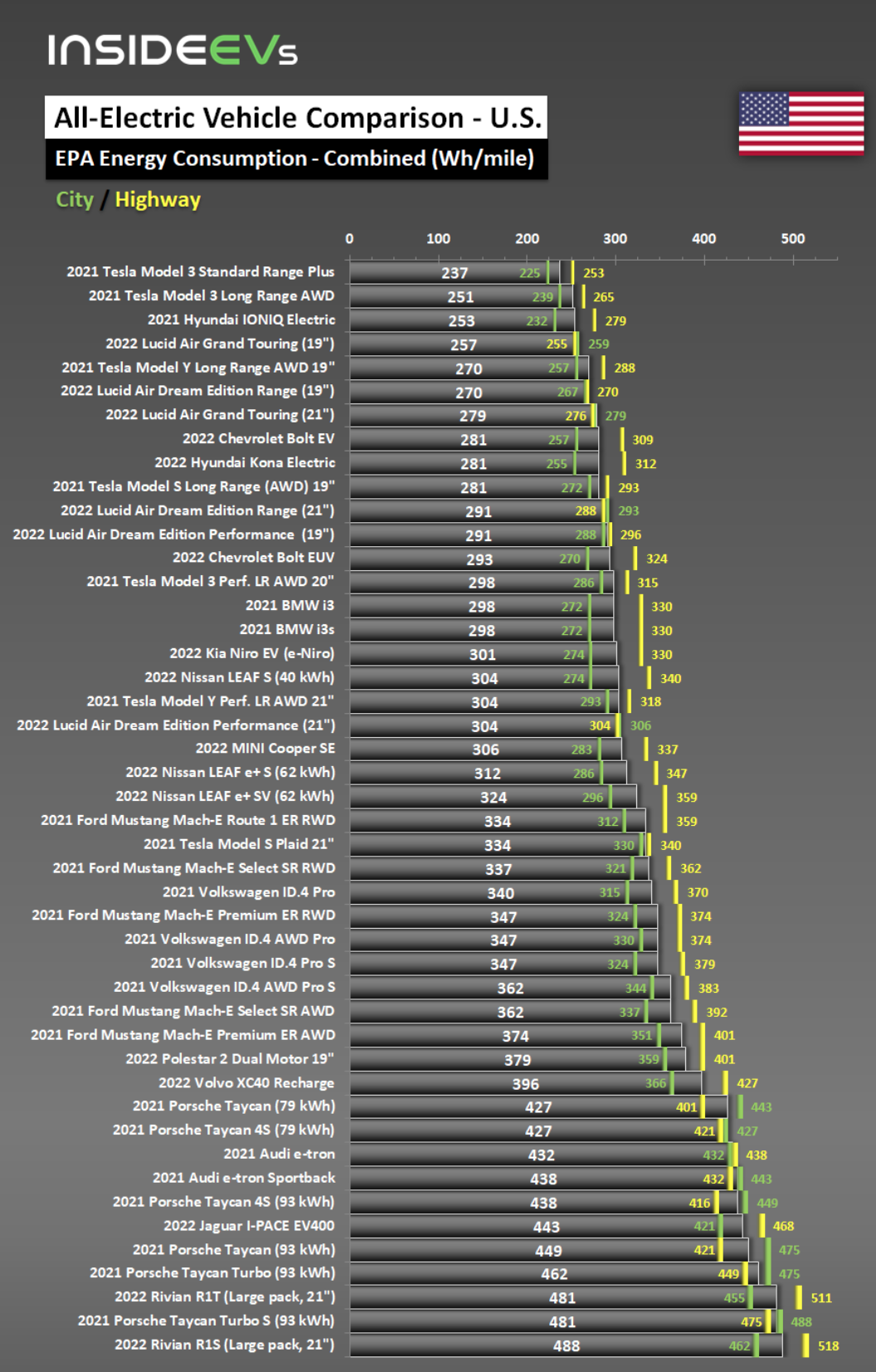

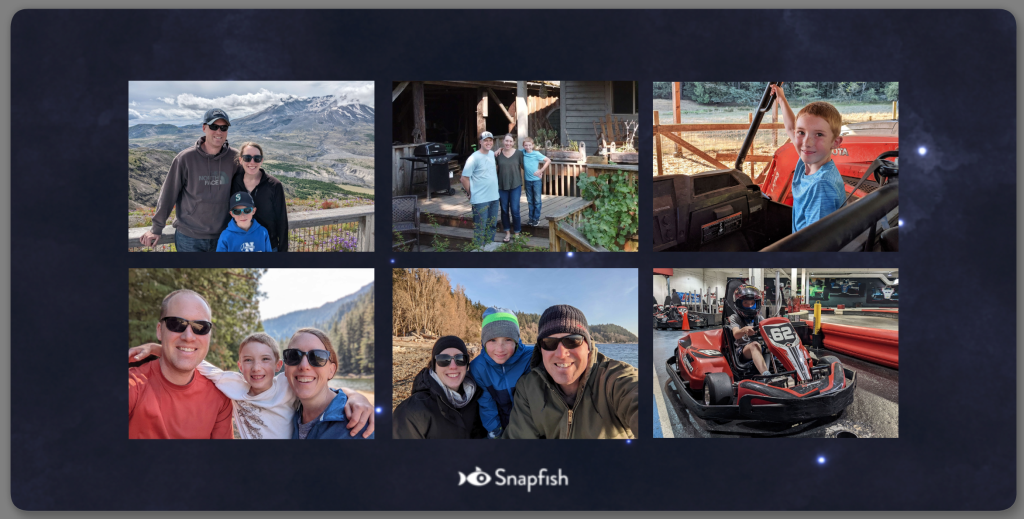


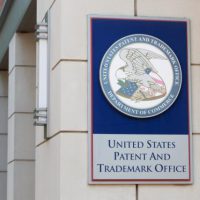
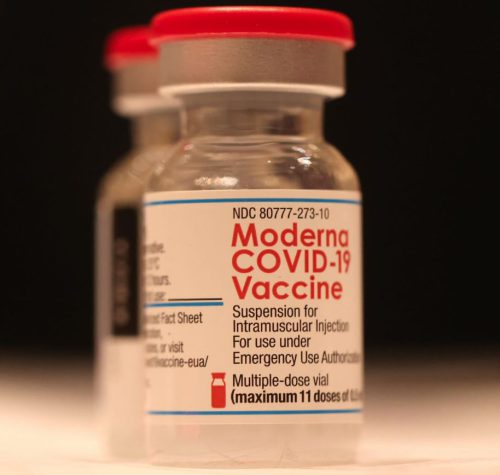
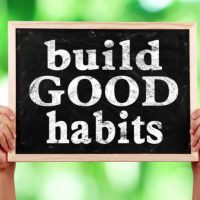
2022 Year In Review
After two years that were defined by COVID and its aftermath, it was nice to have a year where we could setting into a more sustainable routine. Don’t get me wrong, COVID still played a major part of 2022. It’s one of the top five killers, but we’re learning how to fine tune our behaviors so we can live life while protecting it at the same time.
The first part of the year started off with a bang as we un-paused our Hawaii trip which had been planned for the week everything shut down in March 2020. We thoroughly enjoyed our time in the warm sunshine by playing on the beach, hiking Diamondhead Crater, visiting the zoo, and sampling lots of delicious food. It did feel a little odd to take our big family vacation so early in the year, but the rest of the year didn’t disappoint.
We kept up our monthly family adventures with day trips like the ferry to Kingston, Deception Pass State Park, Leavenworth with Luke and David, hiking to old train tunnels, Birch Bay State Park, Tiny Hearts Homestead, Barclay Lake (with Dad and Mom before the forest fire!), Dege Peak at Mt. Rainier, and Kayak Point.
We had two nice camping trips. One was to Seaquest State Park near Mt. St. Helens with Tyla’s family. It’s interesting to go back there every few years and see how much has changed at the eruption site. The second trip was to San Juan Campground. These were first come-first served rustic camp sites right on the North Fork of the Skykomish River with the Scherschels and Neumanns. Elijah has always asked to go camping where we can’t see anyone else, and this came pretty close to meeting that criterion.
Even though we went to Hawaii, if you ask us about our favorite trip this year, we’d probably all say it was our visit to Leaping Lamb Farm. This was a bonus trip that Tyla picked for Tyla’s 40th birthday celebration. Farm managers Denny and Kate were magnificently friendly, and it was a fulfilling to see Elijah helping with the farm chores and roaming the farm on his own.
This was also the year our family got into disc golf. I’ve always been curious about the sport, but I’ve also been too intimidated to try it out myself. Tyla and Elijah gave me a starter set of discs for Father’s Day and that eventually encouraged me to do some YouTube learning and get out to a course. I was hooked! I love that it’s friendly, approachable, free, and something the whole family can enjoy together outside. According to my UDisc app, I played 428 holes the majority of those were with Elijah. Part of the fun of learning new things is experiencing the rapid improvement as you progress from total newbie to bumbling beginner. By the end of summer, I had even played in my first tournament!
Work continues to go well. The vast majority of my organization still works from home and while there are people who go in for a few days a week, only a small percentage of employees show up every day. I pretty much only go in when there is free food for a social gathering. Otherwise, I very much prefer working from home. While it’s relatively unimportant compared to other work I do, the highlight of my work year was probably the US Government officially awarding me a patent. It’s fun to know that, at least according to the patent office, I’ve invented something brand new and it will be recorded forever.
It’s beyond cliche, but I’m really noticing how quickly life goes by. A week at work seems like nothing when I look back on it, and even the months fly by if I have something fun to look forward to next month. I suppose it’s a good way to breeze through the mundane parts of life, but it’s also an encouragement to live in the moment. If I don’t appreciate each day, the fast forwarding can keep accelerating until all I’m doing is looking forward to huge life events. (Queue the reference to Adam Sandler in the movie “Click.”)
Along with the increased pace of live comes more thoughts about how quickly my life will be over. Maybe this is also cliche for someone in their early 40s. I’ve always thought that eventually we’d move out into the country for a place with more land, but if we wait until Elijah is done with high school so we don’t have to care as much about school districts, then how long will we live in that house before we need to move back closer to town/doctors/help/etc? Regardless of all these earthly decisions, whenever the end of this life comes, I have heaven waiting for me through faith in Jesus’s saving death and resurrection. I think Paul’s words to the Philippians sum this all up nicely:
Previous Year In Review Posts: 2003, 2004, 2005, 2006, 2007, 2008, 2009, 2010, 2011, 2012, 2013, 2014, 2015, 2016, 2017, 2018, 2019, 2020, 2021